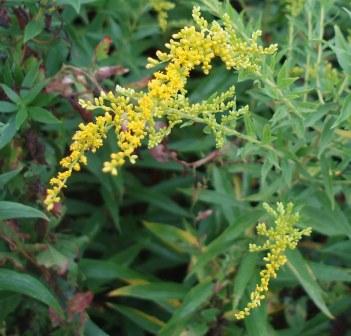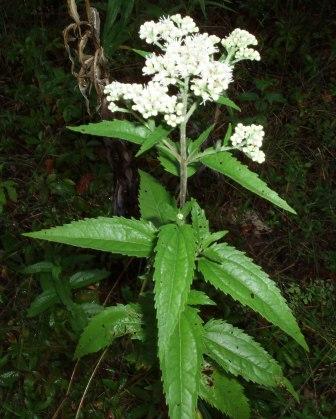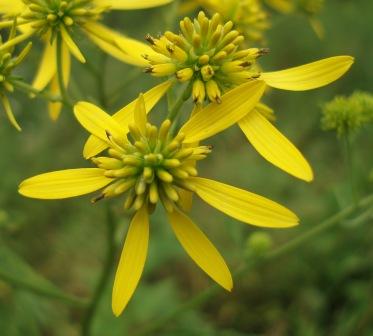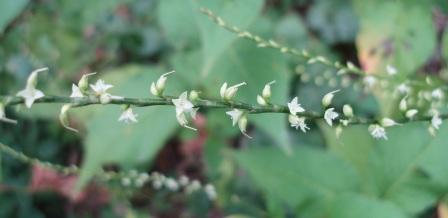Part of a naturalist’s craft is learning to identify things. We progress from entire birds to single feathers, from entire mammals to skulls and other bones. Plants have many stages, from seed to seedling to developing plant to plant in flower, each with many parts. Ideally a naturalist can identify any of these stages or parts, and have a story to tell about them. I have shared some of this learning process, most recently comparing some winter plants with the same species in bloom. One of these was the elm-leaved goldenrod. Here it is as it begins to grow in spring.
Earlier in the season I photographed some of the plants that spend the winter as rosettes, or clusters of leaves hugging the ground so as to minimize damage through exposure to the season’s stresses. Here is winter cress.
Here is the white avens.
There is wonder to experience in following the development of any living thing, and it’s well worth the effort needed to get familiar with all the elements of our local landscape. Also, there are practical applications. For instance, when an animal is eating leaves from a rosette in January, the information is useless unless one can read both the animal’s tracks and the identity of the food plant. Plus, there is always something new to learn, so the process is ever stimulating.












